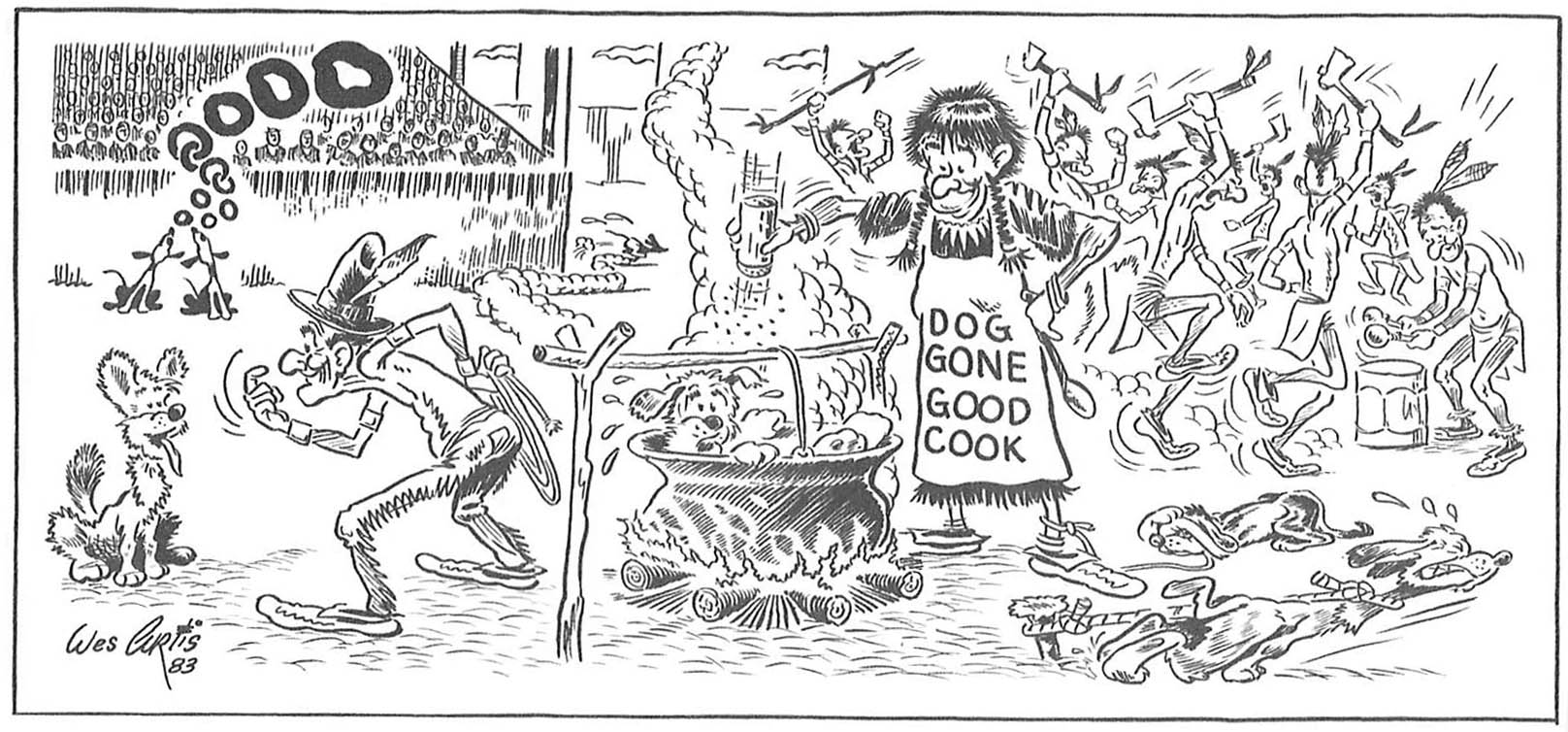One of the retired rodeo clowns that always comes to the Rodeo Clown Reunion has hit a rough patch – he has pancreatic cancer. Needless to say he doesn’t need his clown barrel during this time. He is taking treatments and is concentrating on being one of the 6% that beat pancreatic cancer.
He has put his clown barrel up for sale and these are the particulars: It is steel, but easy to maneuver. The height is 3’10” and the opening at the top is 22” across. The outside skin has been redone, and has custom upholstered inside padding. He is asking $1,000 – and that is his bottom price. (It is a $6,000 clown barrel, and is in good shape, according to another accomplished barrelman.)
If you are interested please contact me via my website, or by phone, 512-426-8668. If you are a serious buyer wanting to surprise your rodeo clown friend on Christmas morning call me.

 RSS Feed
RSS Feed